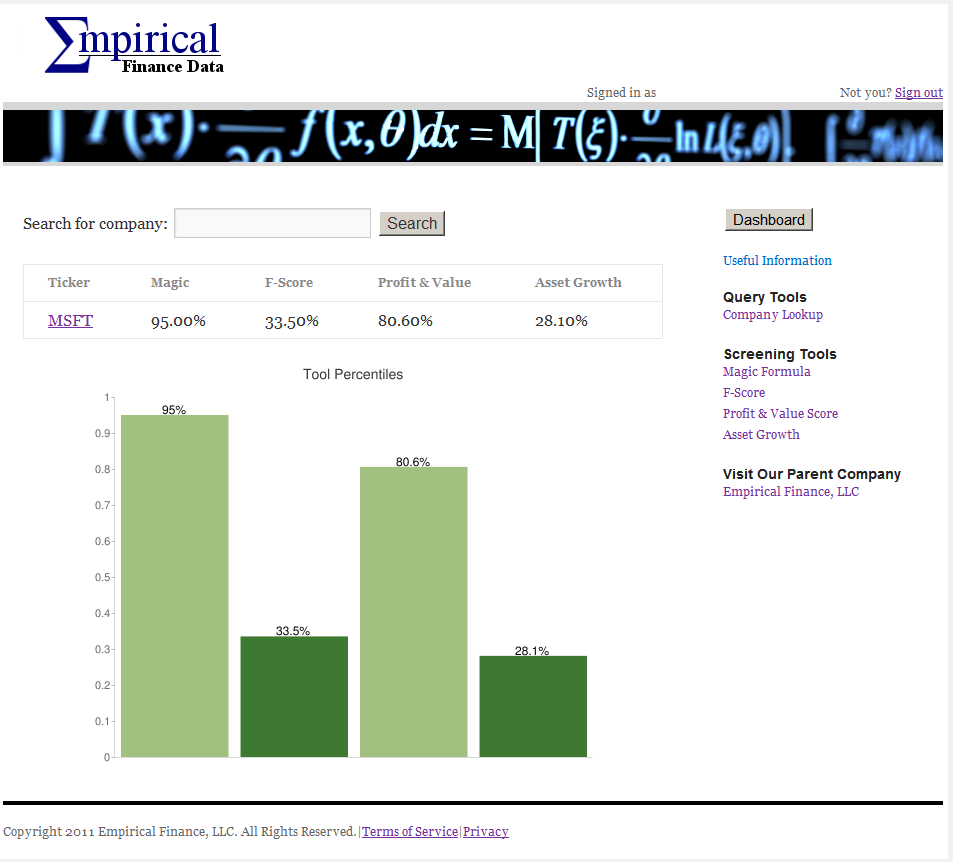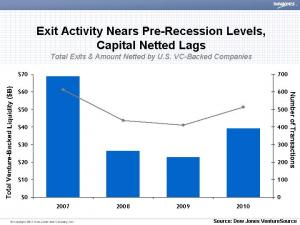Subscribers to my weekly newsletter were alerted to an interesting article about a new, novel way to conduct company research.
Many times, as investors, we accept the media’s view or Accepted Wisdom to guide our thinking about investing. But, sometimes, when this view is challenged, we realize that our assumptions were simplistic. Not accurate. Off the mark. Astray.
You get the point.
‘Too Big to Fail’ Analysis = Fail
Well, researchers are concerned about the fragility of our financial services sector (shouldn’t we all be??). We hear incessantly about banks that are TBTF (Too Big To Fail). The measure of a bank’s ‘size’ has become the single, most-salient issue in determining its risk.
Well, did you ask yourself whether ‘size’ is really the best way to describe a bank’s risk? Is a bigger bank MORE likely to bring down others in its wake if it stumbles?
Using an approach right out of Google’s playbook, researchers challenged our own research by looking NOT at how big a bank is, but how interwoven it is into the overall banking sector.
This process mimics the way Google ranks webpages (PageRank) , where quality scoring is done by how many other sites link to a specific page. A page with more inbound links is considered higher quality — that’s how it elicited more links.
In a post last week, Mark Buchanan explained how this new analysis, called DebtRank, works:
Now, what about finance? The analogy for DebtRank is quite direct — those institutions that present the greatest risks to the financial system are those that, if they fail, would cause the widest spread of economic distress. Naturally, you would tend to have a high DebtRank if you are linked by loans and other financial ties to other firms with high DebtRank — the same circularity again.
Co-lateral research: cross-pollinating the investing process
I wrote an entire chapter in Tradestreaming about what I call, co-lateral research. This is a process of using inherently non-financial data/information as inputs to the research process. Frequently this research captures social sentiment, but it doesn’t have to.
Co-lateral research information can come from a variety of sources, like:
- Google search for market movements (like this guy forecasts market movements from search volume increases or this guy)
- Tracking social interest on Seeking Alpha (looking at subscribers to email alerts on Seeking Alpha seems to help investors)
- Google search trends into earnings (like this dude does by predicting pops after earnings announcements)
- Activity within the SEC’s EDGAR database (Prof. Darren Roulstone seems do be doing some of the most creative work in this space)
- A connection between investor conferences and broker performance (most investors think about the small-cap pop from presenting in a conference — but what about the brokers hosting the conferences?)
- Stocks with similar ticker symbols to those enjoying some attention also enjoy (like this researcher found out)
- And many more with more on the way
As technology continues to develop, large web platforms are petri dishes for this type of research. I’m looking forward to the Amazon.com Strategy — where you go long stocks with products on the ascendance in popularity on the ecommerce site and fade those losing interest with consumers.












 overlayed on top of stock index charts. GDT
overlayed on top of stock index charts. GDT